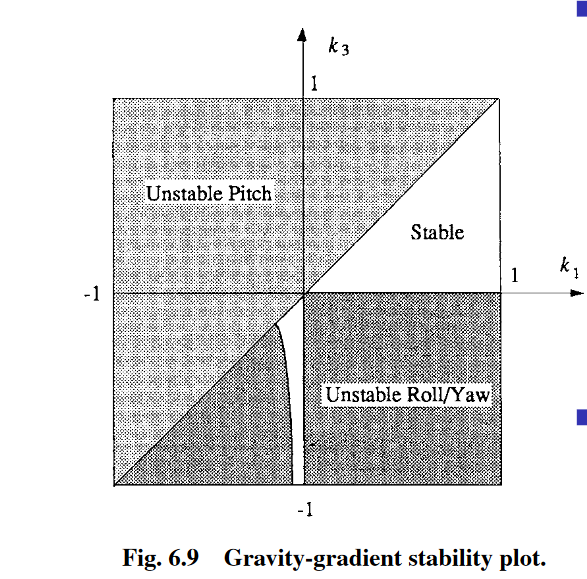edit 2: There seems to have been some announcement/extension by NASA (20-Oct-2017), possibly this will shed more light on the issues in this question.
edit 1: Several months have passed since this question was asked, presumably a decision how to best allocate both the xenon and hydrazine propellants has been made. Still, the issues of very different roles each propellant has in an orbit around Ceres is interesting and not straightforward due to the inhomogeneities of Ceres' gravity field at different altitudes.
The Spaceflight Now article Dawn mission managers await NASA decision on spacecraft’s future says:
Dawn’s primary mission ended in June 2016, and NASA officials approved a one-year extension that expires June 30. The fate of Dawn after June 30 remains uncertain, but senior managers at NASA Headquarters are expected to soon decide whether the spacecraft should be turned off, continue exploring Ceres, or depart the dwarf planet and perhaps fly by an asteroid.
[...]
Experts from JPL and Orbital ATK devised a hybrid method of controlling Dawn’s attitude with the two remaining reaction wheels and hydrazine thrusters, the spacecraft now must fully rely on its rocket jets, wrote Marc Rayman, Dawn’s chief engineer at JPL, in a mission update posted on a NASA website.
I can't quite follow it, but according to the article, sequential failure of some some if not of Dawn's initially four reaction wheels have required the use of hydrazine thrusters for attitude control.
I'm wondering if the hydrazine that is used for attitude control is spent mostly in switching between Earth-pointing and Ceres-pointing states, where the latter requires a faster-rotating attitude state? Why would a lower orbit use more hydrazine for attitude control? Or would it be actually for station keeping in an uneven gravity field?
Then there is the issue of high versus low orbit.
“The consequence is that Dawn uses more hydrazine in orbit around Vesta and Ceres than when it is journeying between worlds, orbiting the sun and maneuvering with its ion engine. And it uses more hydrazine in lower orbits than in higher ones,” Rayman wrote.
“One day at our low-altitude mapping orbit, which was at 385 kilometers, would be equivalent to about 18 days (of hydrazine fuel) at higher altitude, which is what we’re in now,” Raymond said.
“Lifetime at a lower altitude would likely be limited to weeks at this point,” she said.
Could someone clarify the issues of hydrazine budget:
- how many reaction wheels are left?
- why is Dawn's attitude control so much more expensive in low orbit around Ceres?
- would Dawn's station keeping in low orbit around Ceres actually be a comparable drain to its attitude control?
- does Dawn's ion thruster have too little thrust for station keeping in low Ceres orbit?
and how this would affect a decision to "stay high", "go low", or just go somewhere else and make better use of the Xenon?
I'm looking for an answer specific to this situation - Dawn, in its current state, around Ceres. General statements about what attitude control and station keeping are for alone aren't enough. I'm asking about the specific aspects in this case that NASA will consider as part of their decision on what Dawn will do next. Thanks!
note: Forward-looking question from 2013 Does the Dawn spacecraft have the potential for an extended mission? has a few good answers worth reading.
